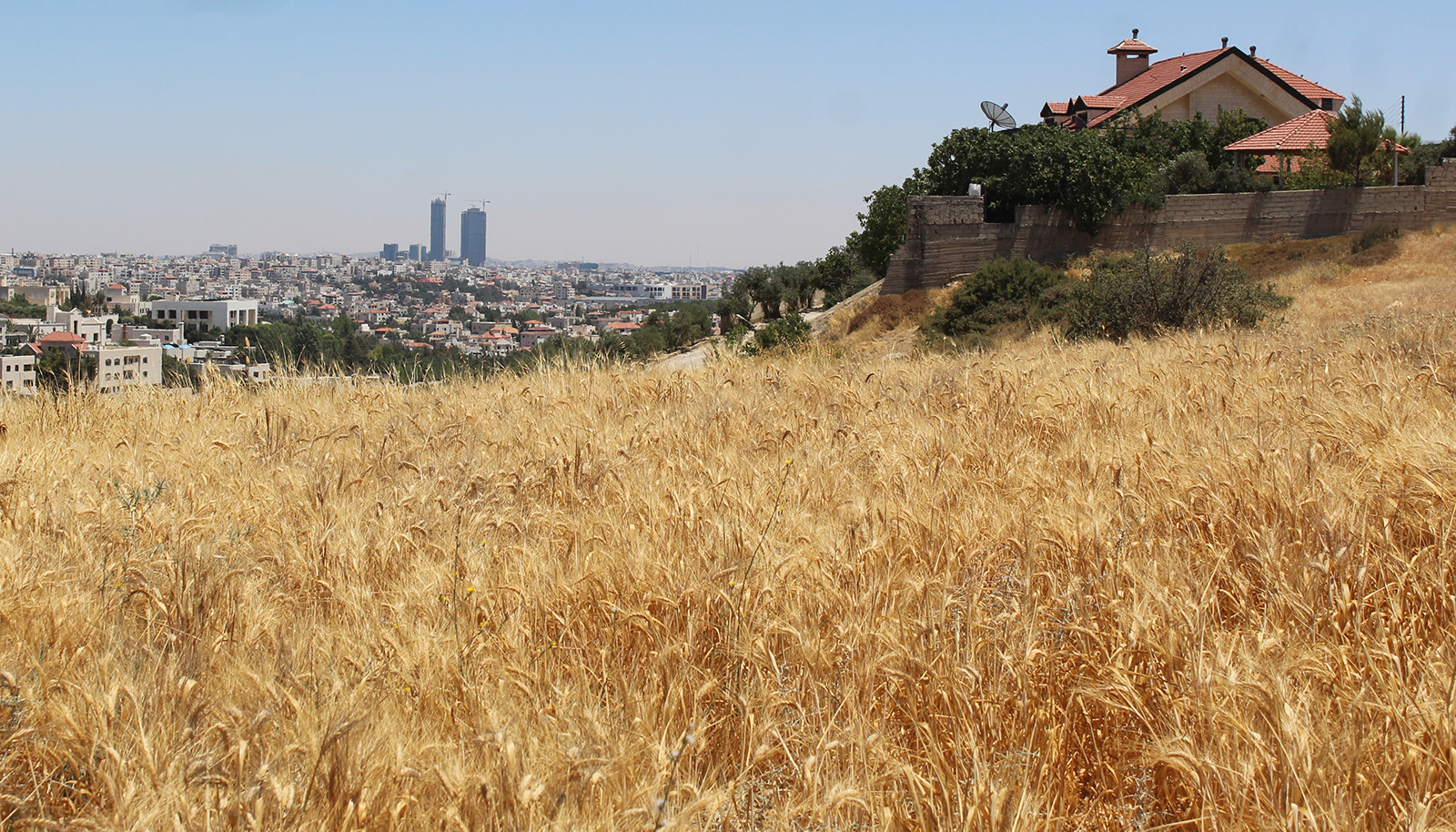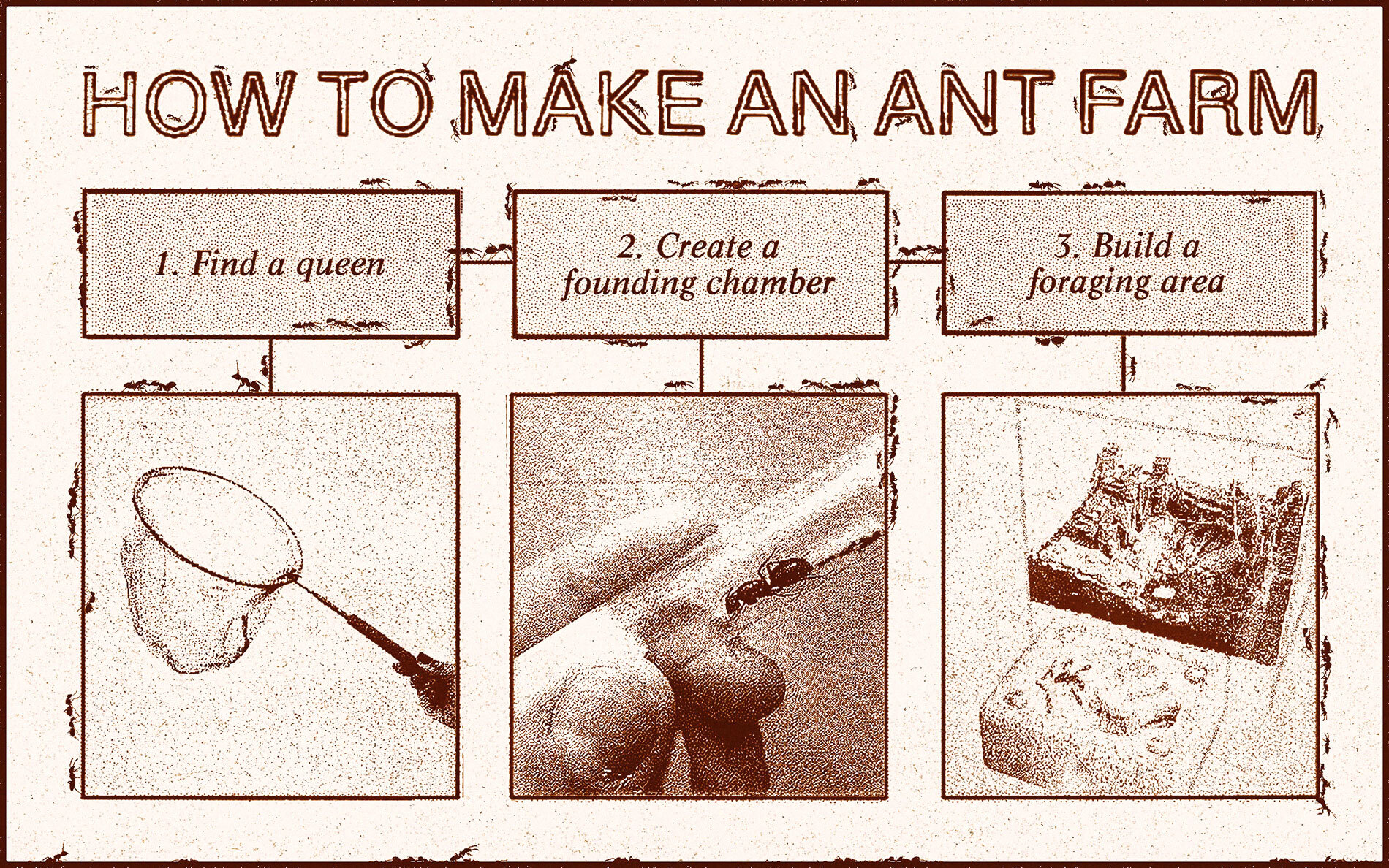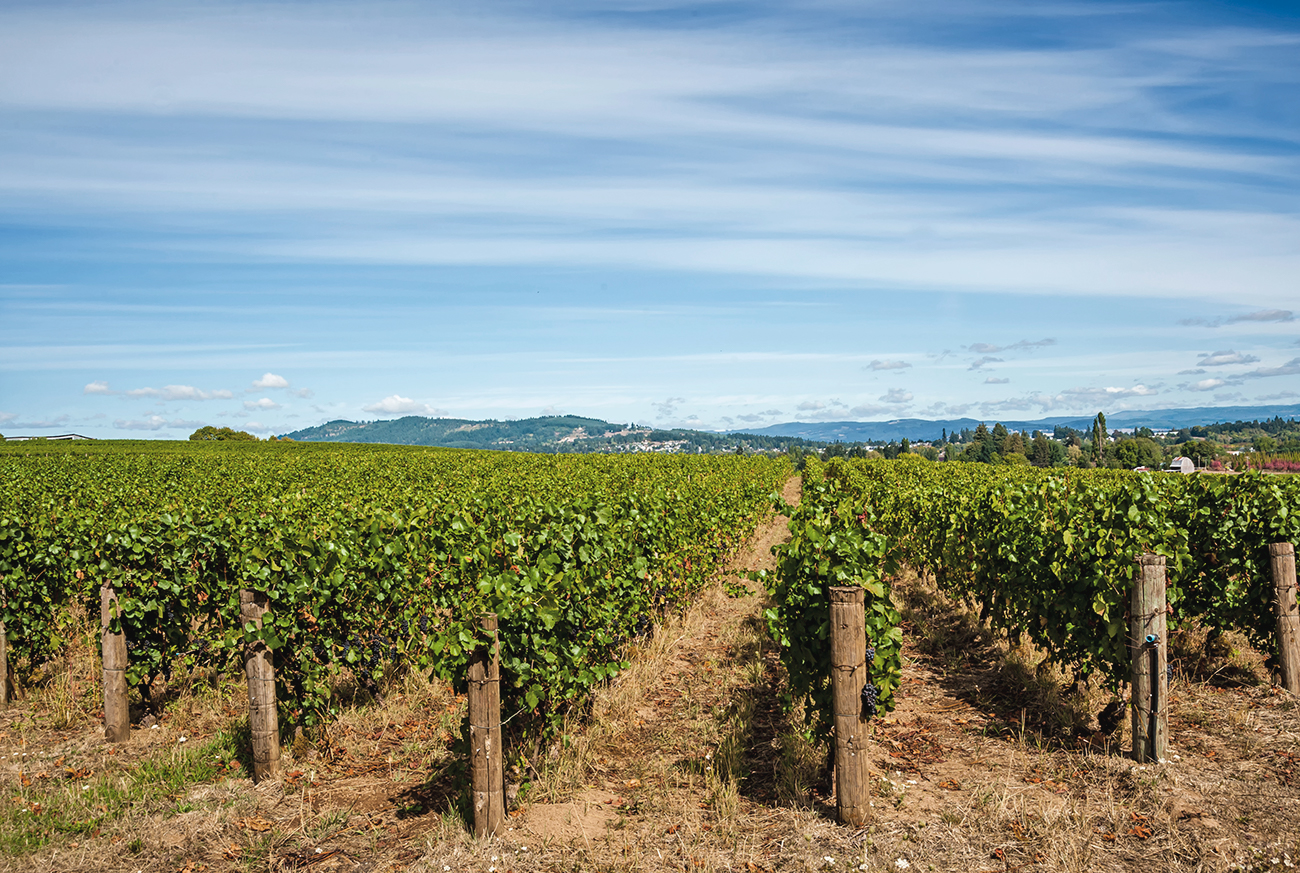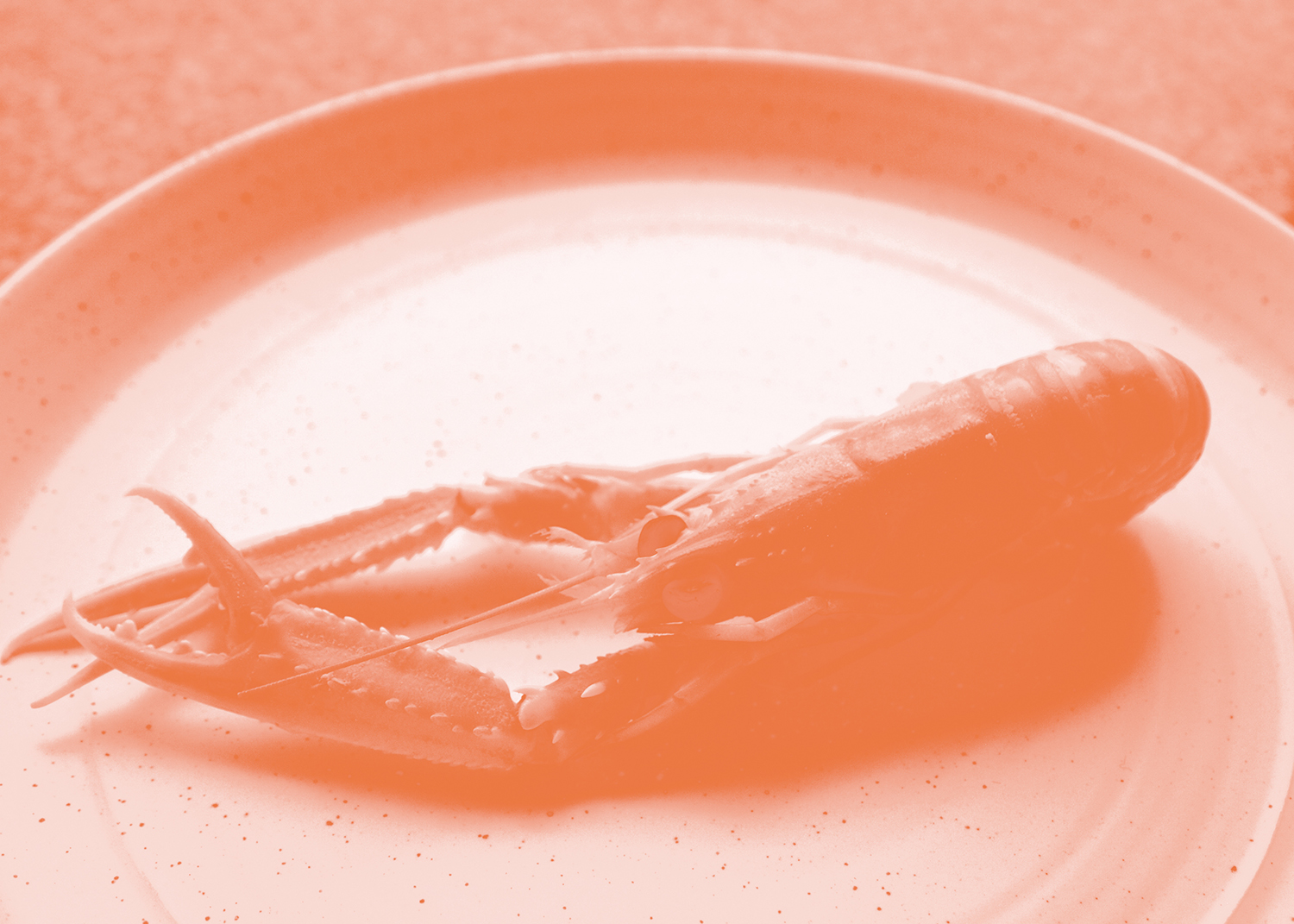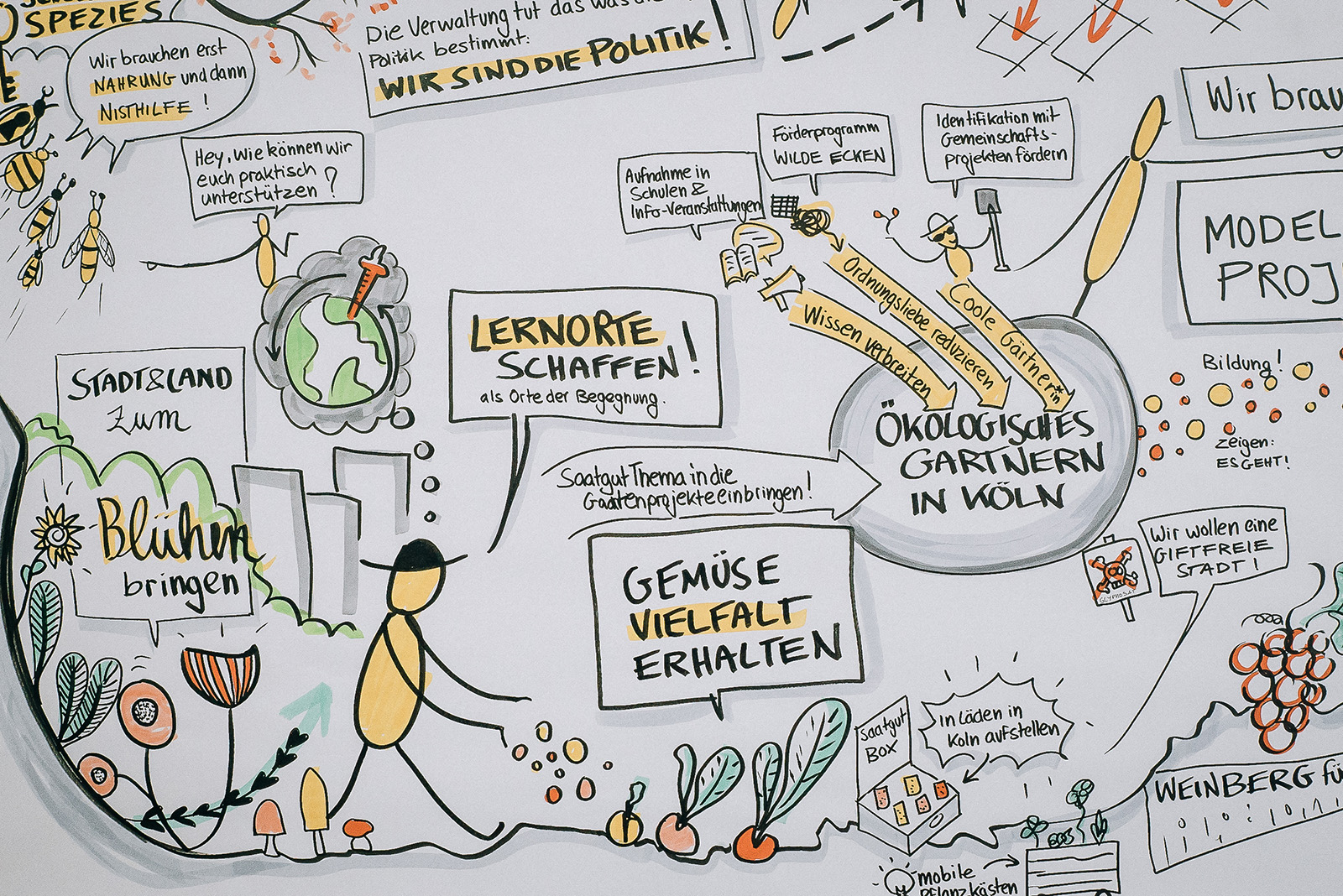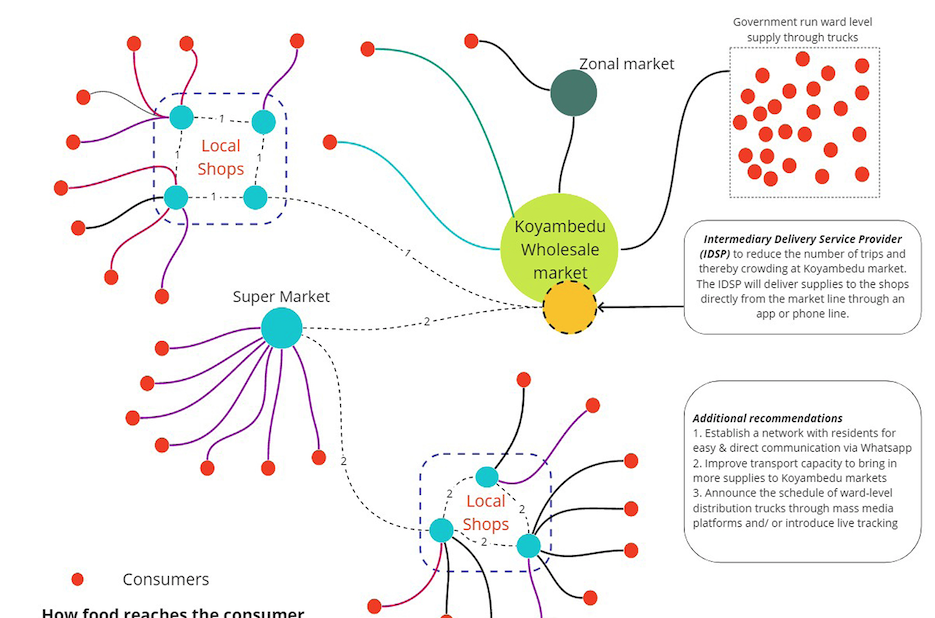The AgTech Insider is MOLD’s bi-monthly short list of potential applications of emerging technology and new business models in agriculture. Signup for the AgTech Insider Newsletter today.

Nutrition: Ingestible Capsules That Update You on Your Gut
What is it: An ingestible capsule that can update the user, their doctor, and/or anyone else that needed to know the “chemical composition” of the gut, sensing levels of oxygen, hydrogen and carbon dioxide. This is a trial that advances what ingestible capsules can potentially do. Currently, they are only effective for providing pH/pressure readings and/or monitoring medication, according to the study. If successful, this could drastically change how we react in real time to our diets.
How it can help agriculture: Since the dawn of time, humans have explored different combinations of anything edible. Our main mode for deciding whether said food was something worth eating again was how our stomachs felt shortly after (assuming it got past our taste buds, gag reflex, etc.). Having an ingestible capsule that could give us more details and information about how our gut reacts to different foods could mean different agricultural products taking on brand new functional roles for specific people. For example, maybe my unique gut-flora responds really well to sauerkraut. While I like sauerkraut, this capsule could give me reasons why and how it positively impacts me. As a consumer, son of a farmer, and entrepreneur, this excites me. (via Nature)

Robotics: Smart Robot Is A Step Ahead
What is it: ARMAR-6, developed by the Karlsruhe Institute of Technology in Germany, is a smart robot that is ready to support humans in daily manual labor and is more easily customizable than other robotic applications thus far. Researchers testing out the robot in a fulfillment center in the UK claim that it can “already respond to simple voice commands in useful ways. Ask it to hand you a wrench, for example, and it will ask which one before giving you the correct tool. Researchers working on the bot are also testing ways for it to parse a scene and plan complex actions in real time.”
How it can help agriculture: Growing up working with my dad on our family farm, it wasn’t uncommon to hear my dad complaining about how we should know what tool he needs before he needs it. In short, he was trying to train us in the same way these German researchers are training ARMAR, and for that 1) kudos dad for being ahead of the A.I. trend, and 2) there are tons of applications for this in agriculture. Whether assisting teams of orchard pruners or being mounted on the back of a truck to hand specific tools/items to laborers doing hundreds of repeatable tasks, customized robots becoming more mainstream could lend a huge hand on small and large farms alike. (via MIT Technology Review)

Post-Harvest: Tractor Beam Levitates Bean-Sized Particles
What is it: A group of researchers and engineers from the University of Bristol have been able to trap objects in a hovering manner using “an acoustic tractor beam larger than the wavelengths of sound used by the device.” In short, they have figured out how to essentially levitate small bean-sized particles, which doesn’t seem like much, but is a major hurdle to overcome and opens up a number of new applications.
How it can help agriculture: Imagine being able to move something that is super fragile without using magnets, pressurized air or touching it. This advancement is just that, and what comes to mind for a potential use-case in agriculture is with the post-harvest handling of soft fruits, such as blueberries, blackberries and raspberries. Nobody wants damaged fruit, or rather nobody wants to pay normal prices for damaged fruit. Thus the fruit and vegetable industry is always looking for the right mix of being able to pick fruit that is ripe, but not too soft, and then processing/cleaning it in a way that is reliable, but as hands-off as possible. Not an easy task, but with this advancement, imagine a floating line of berries moving down a conveyor belt without touching it at all. Undoubtedly, a big deal! (via CNET)

Robotics: Mall Cops Turns Orchard Scarecrow
What is it: Knightscope is a startup based in Mountain View, California that has developed a robotic security guard meant to roam malls, office buildings, parking garages, etc. and serve as a security guard. However, instead of walkie-talkies and night-sticks, Knightscope is highly technical and connected to a remote security center where it can report suspicious behavior, call the police and avert trouble makers. Is it perfect? No, but it is an interesting concept.
How it can help agriculture: In a constant battle between preserving nature, upholding food safety, and running a viable business, farmers are pressed to find effective solutions to deter predators from eating their vegetables, fruits and/or livestock. Having a security guard-like system to be a farmer’s second pair of eyes could be a major win for nature, food safety and the farmer. Imagining something like a modern day scarecrow, this robot could roam crop rows at night, scaring away rodents, identifying where the fox/gopher/racoon/etc. are coming from, and ultimately give the farmer more insight into the well-being of their crop at night/off-hours. (via MIT Technology Review)



